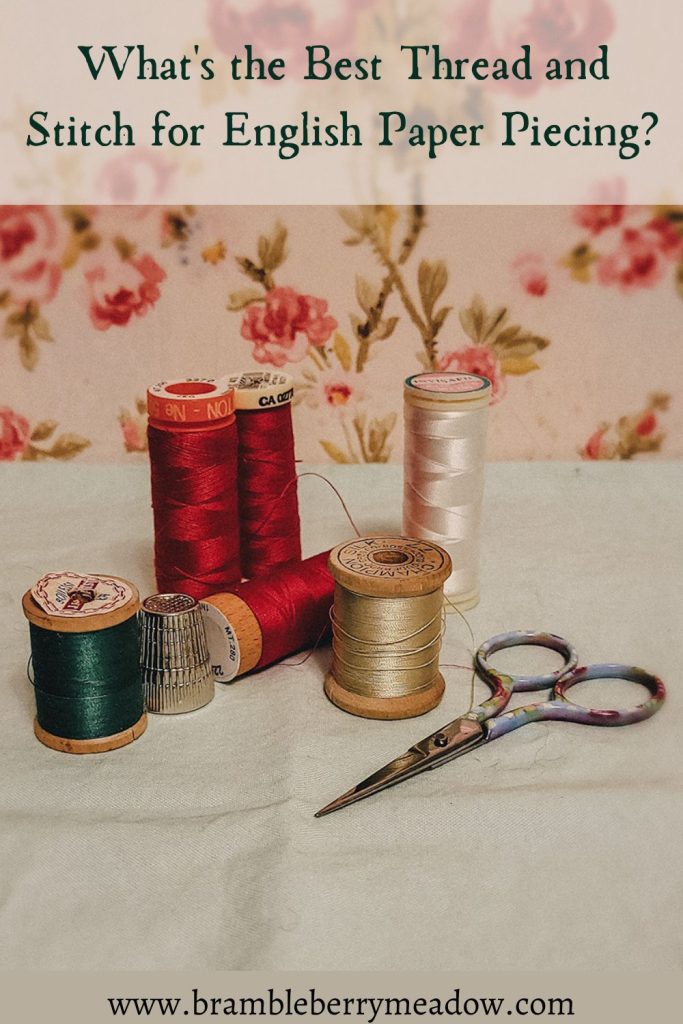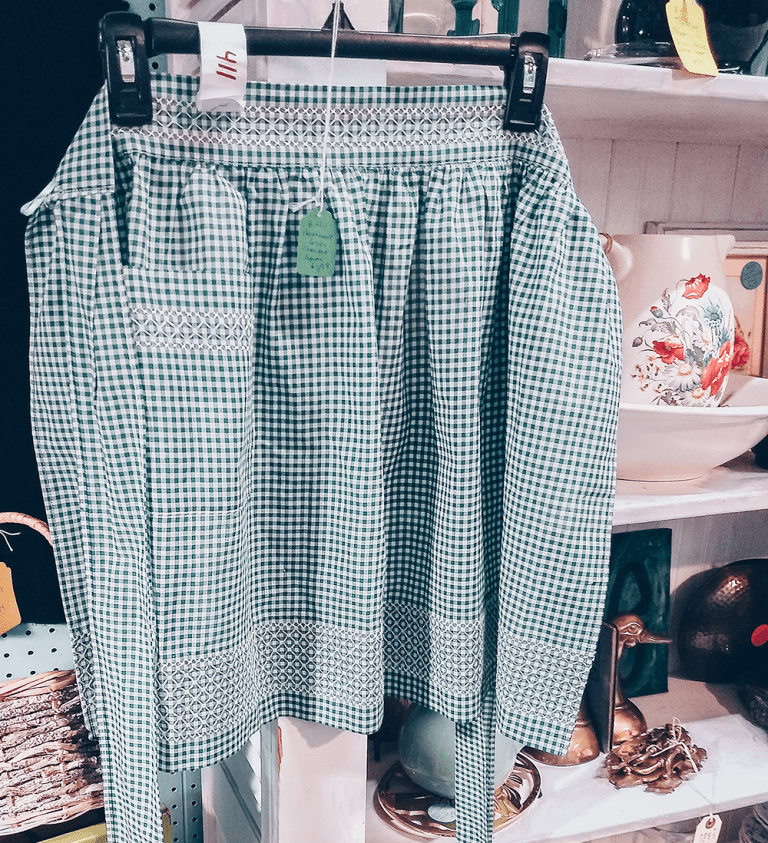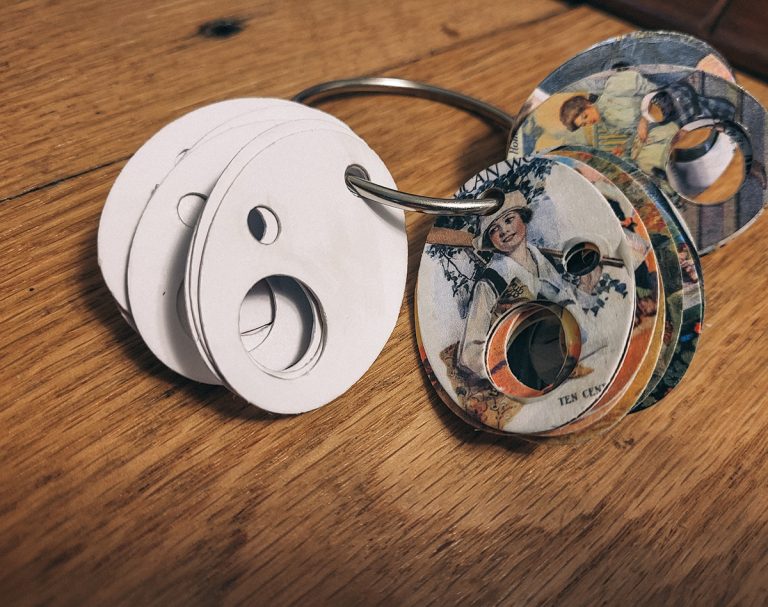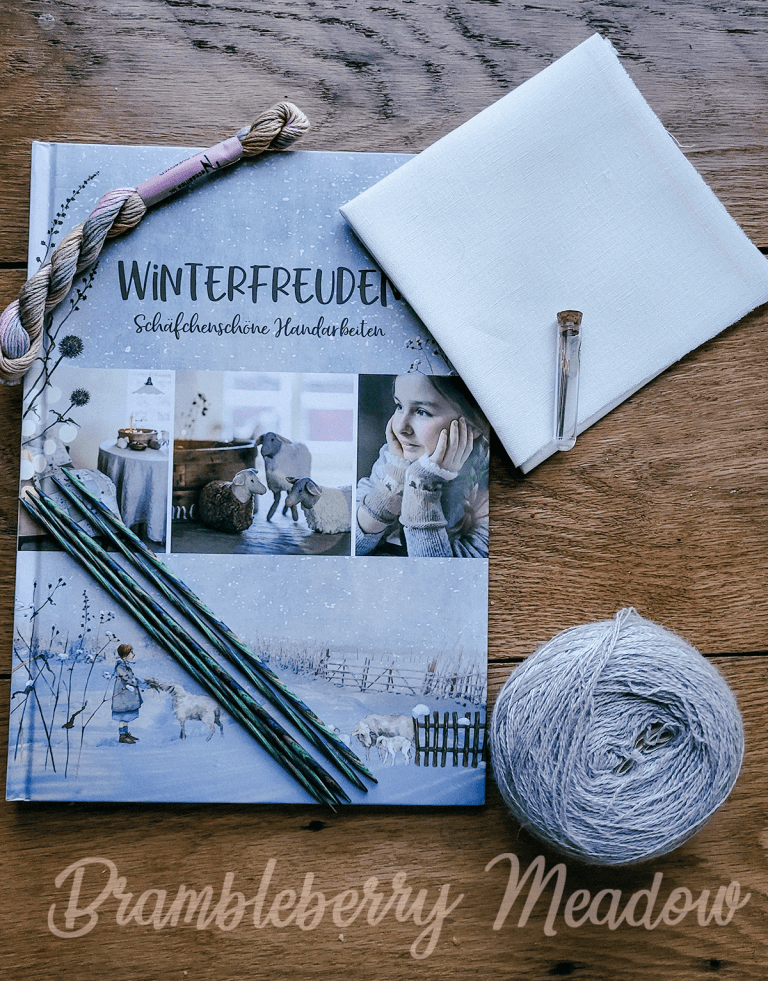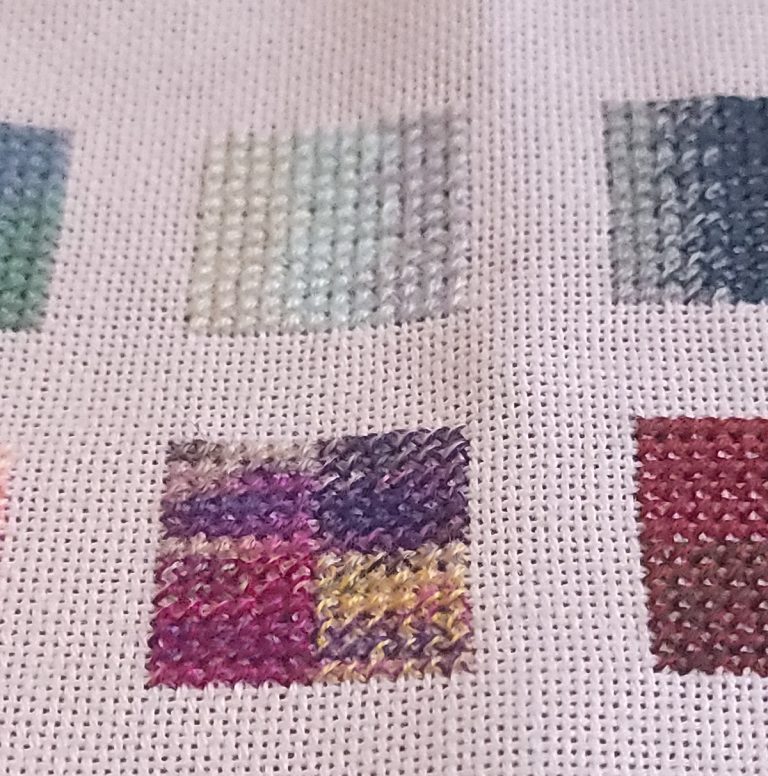Thread and Stitch Choices for English Paper Piecing
Everybody who takes up English Paper Piecing – a form of quiltmaking that involves sewing small pieces of fabric that have been basted to tiny papers into geometric patterns – quickly becomes their own worst critic. The primary criticism? I can see my stitches. The Shangri La of EPP is total stitch invisibility. Toward this end, much is made on various social media of what types of thread or stitching works best. Whip? Ladder? Cotton? Poly? Silk? If you’re thinking of making the Violet Vale Needlebook, this might be of interest to you before you start.
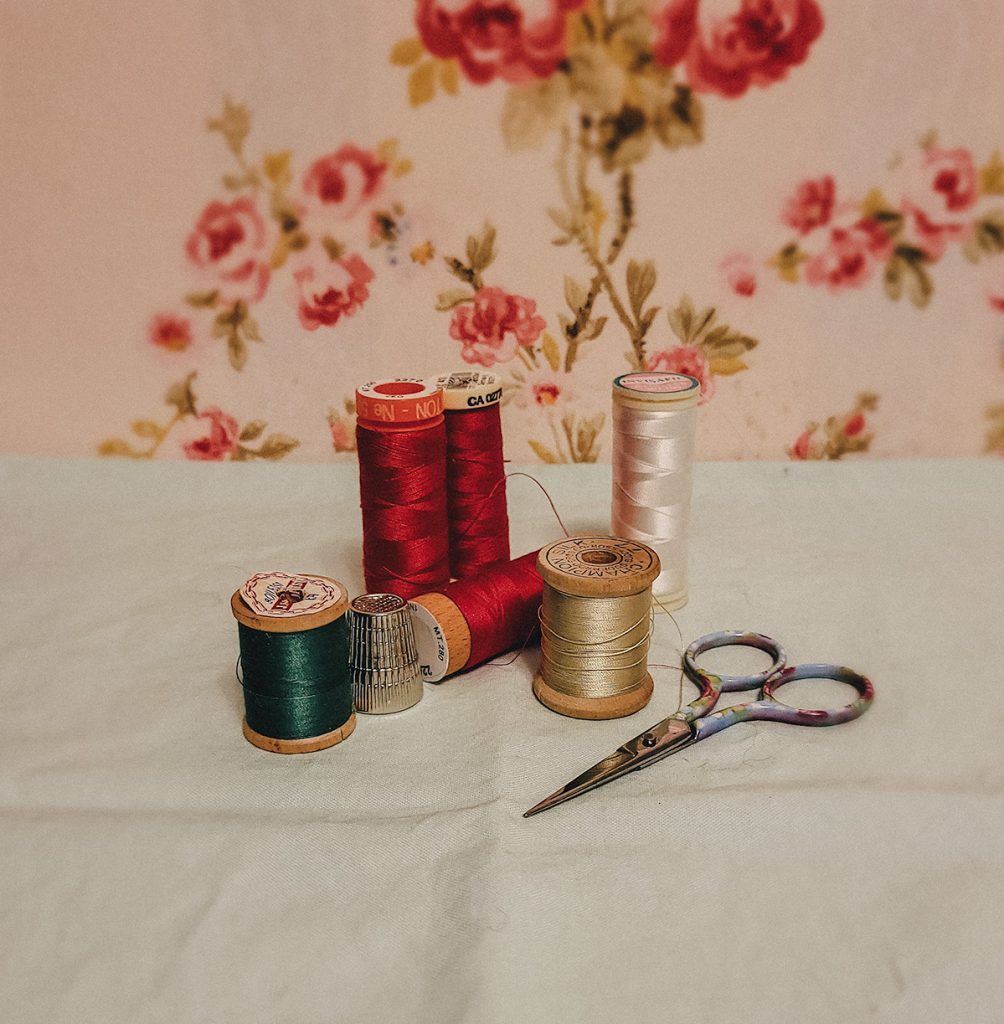
I decided to try a little experiment. I glued basted some 1″ hexagons in solid colors, and chose contrasting thread to stitch with. And then I sewed two seams with each thread – one in the Ladder Stitch, and one in the “Flat Back Stitch.” I’ll share a video of the second one at the end of the post. Spoiler – it’s basically a whip stitch sewn with the pieces held in a single flat plane. But it does make a difference. In each case, I used the same milliner’s needle.
My thread choices were Gutermann’s polyester all purpose thread (widely available at big box sewing stores), Aurifil cotton thread in 50wt, and 80wt, vintage polyester thread, Wonderfil 100wt polyester, and vintage silk thread. Here are all those hexie pairs. In each case, the whip stitched pair is first, followed by the flat back stitch.
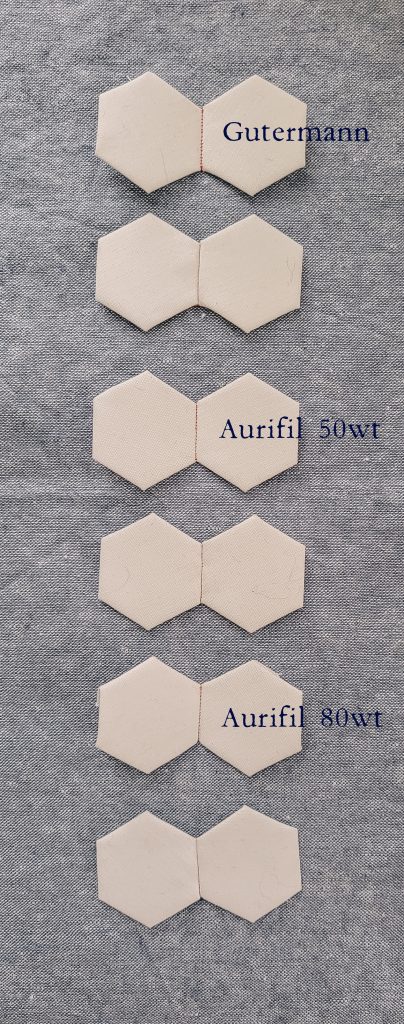
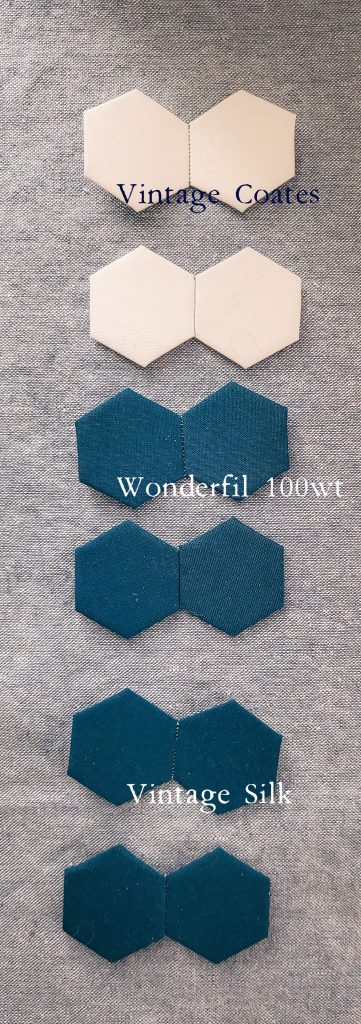
What did I learn? First, the stitch I used made a lot more difference than the type of thread, in terms of hiding stitches. I did find the flat back stitch, which was pretty new to me, a little more awkward and I had a bit more trouble keeping the pieces lined up. The Gutermann thread just felt too coarse. It worked OK, and while the stitches were VERY visible on the whip stitch sample, not bad at all on the flat back stitch. I’ve had people recommend vintage sewing thread, insisting that it’s finer than modern types. Since I have a stash from my Grandmother, I picked out a spool of Coates and Clark to try. I didn’t think it was any thinner or less prone to show than the modern poly thread.
Aurifil cotton thread is a favorite among quilters in general. And there are a lot of people who will recommend the 80wt for EPP, because it’s so fine it really doesn’t show much. However, in my hands the 80wt was so fine that it broke everytime I tried to knot my thread between hexies.
The Wonderfil, even though it was thinner, was stronger than the Aurifil 80wt. But it’s very fine and kept coming unthreaded. It looks nice, but was a pain to work with. I DO think it’s the best choice for appliqueing EPP motifs onto fabric, though. It really does more or less disappear.
The silk thread was about the same weight as the Gutermann, but did disappear to a somewhat greater degree. It was stronger than the cotton, and easier to work with than the Wonderfil.
What was my pick? The Aurifil 50 wt, using the flat back stitch.
Here is the Aurifil 50wt with the whip stitch:
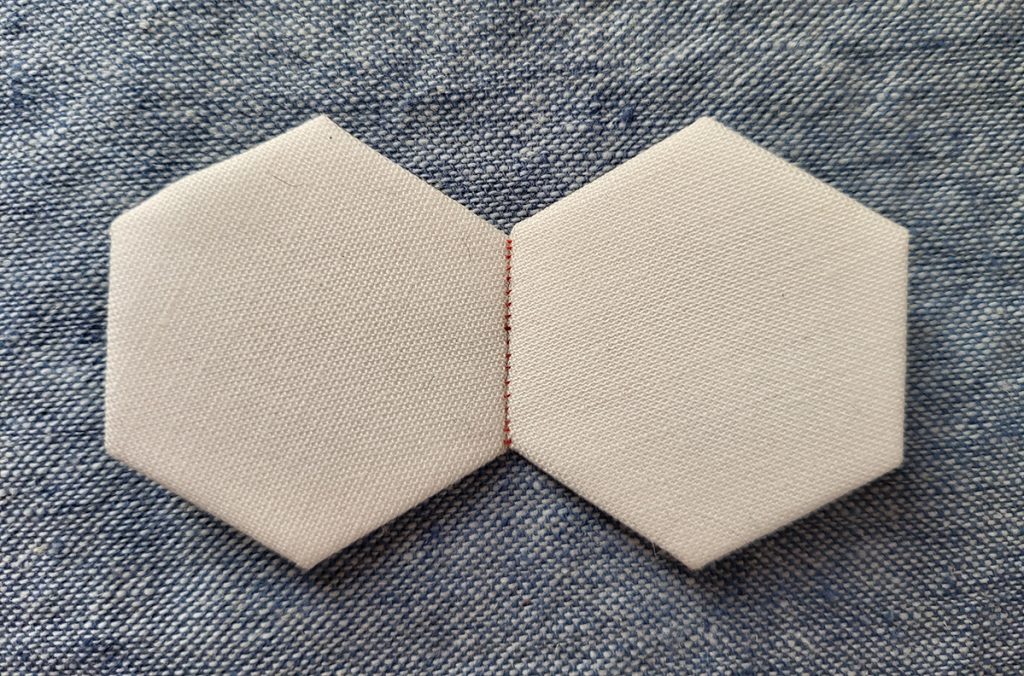
And the same thread with the Flat Back Stitch:
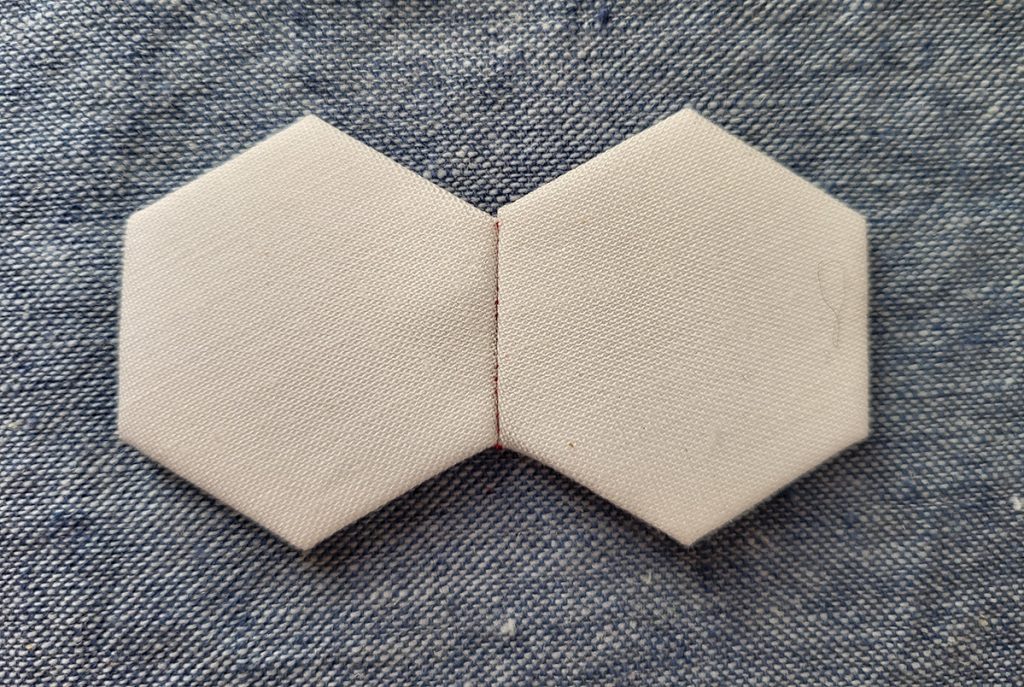
I need to practice, clearly. But at least now I know which stitch to practice with, and which thread to use!
Here is that video:

